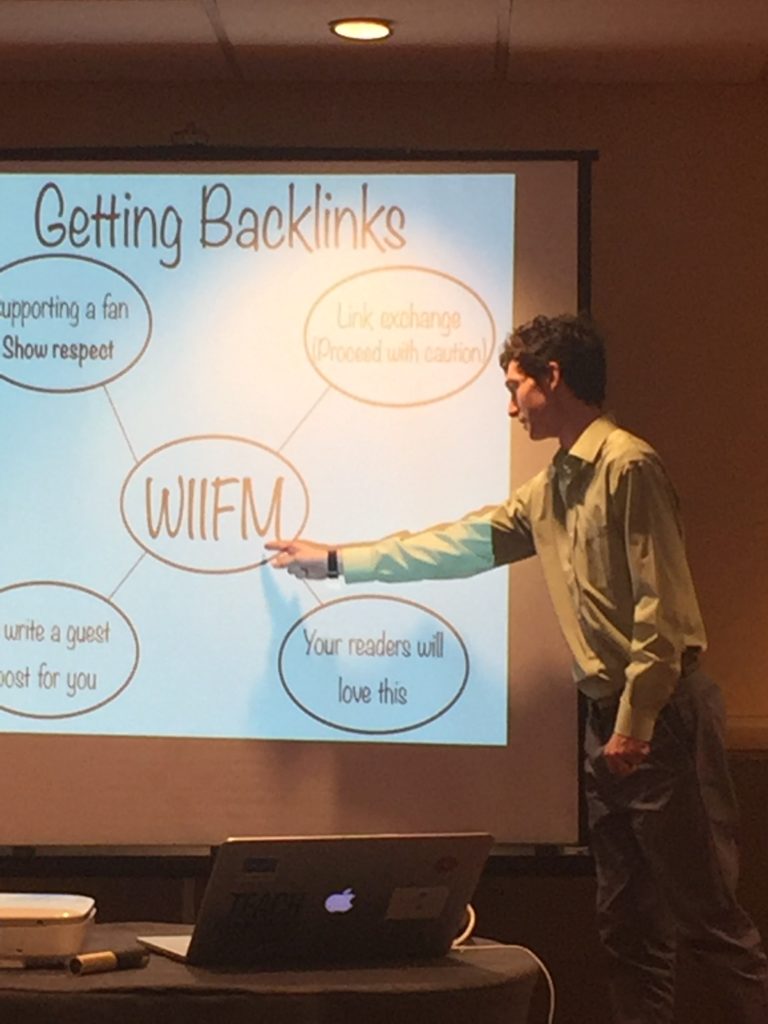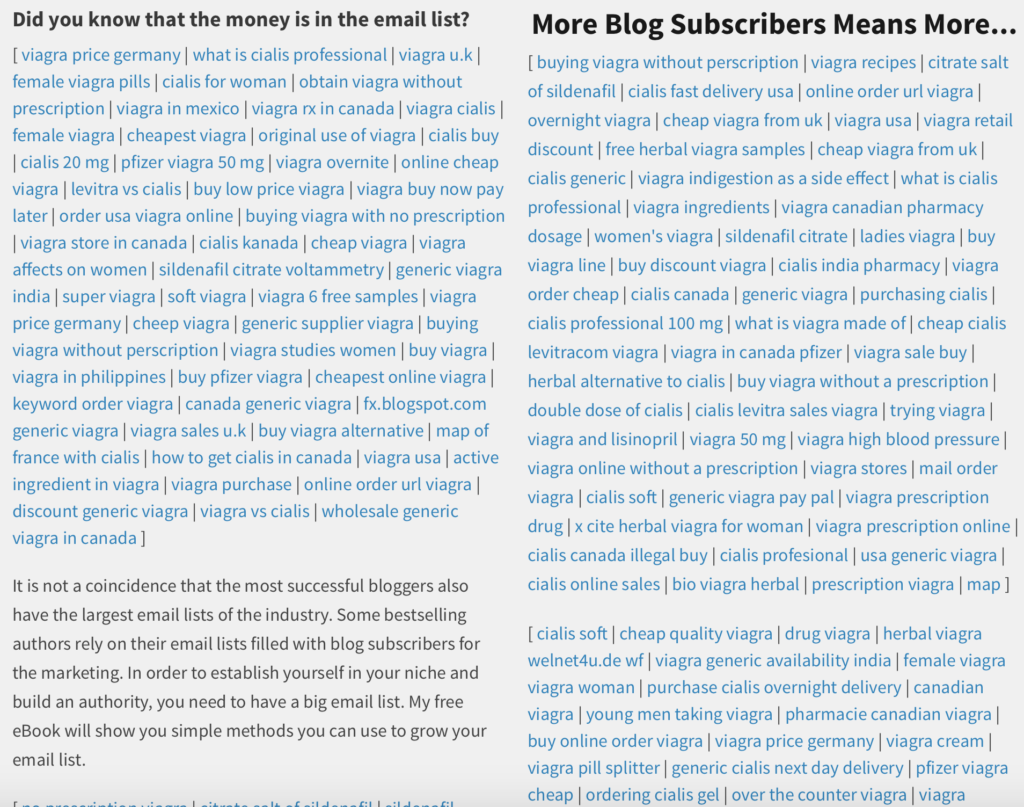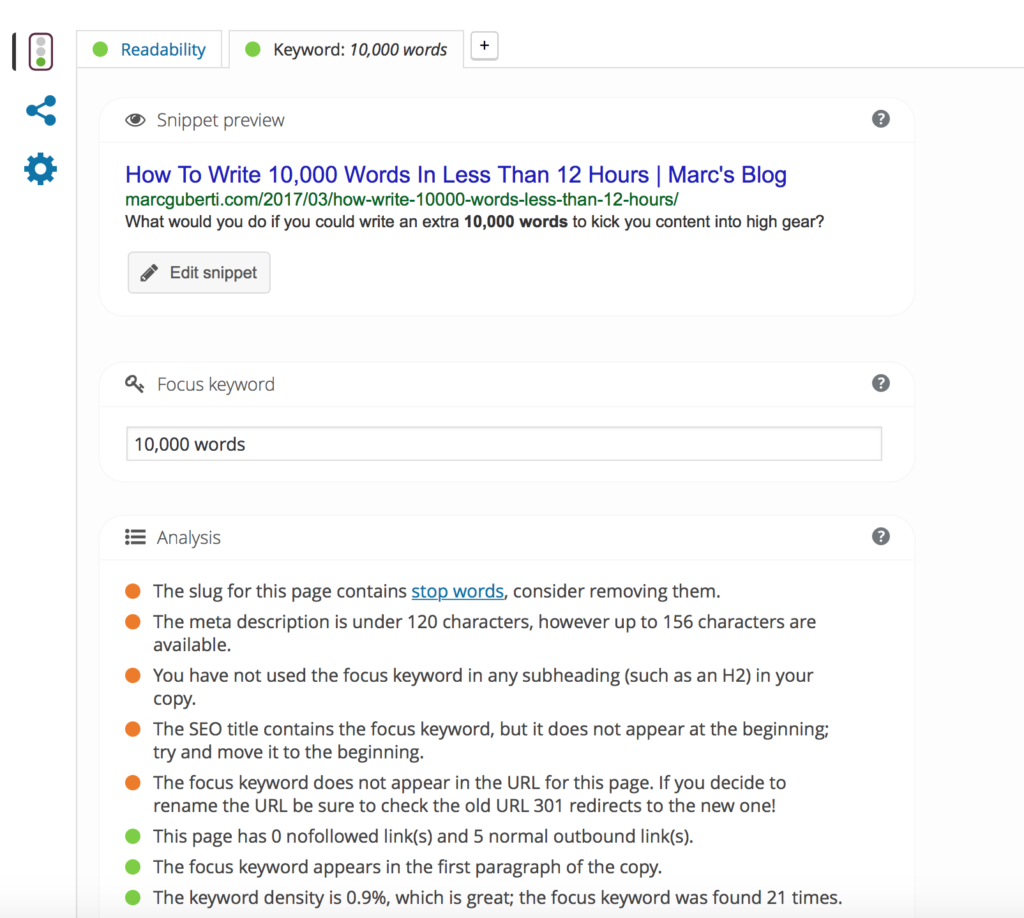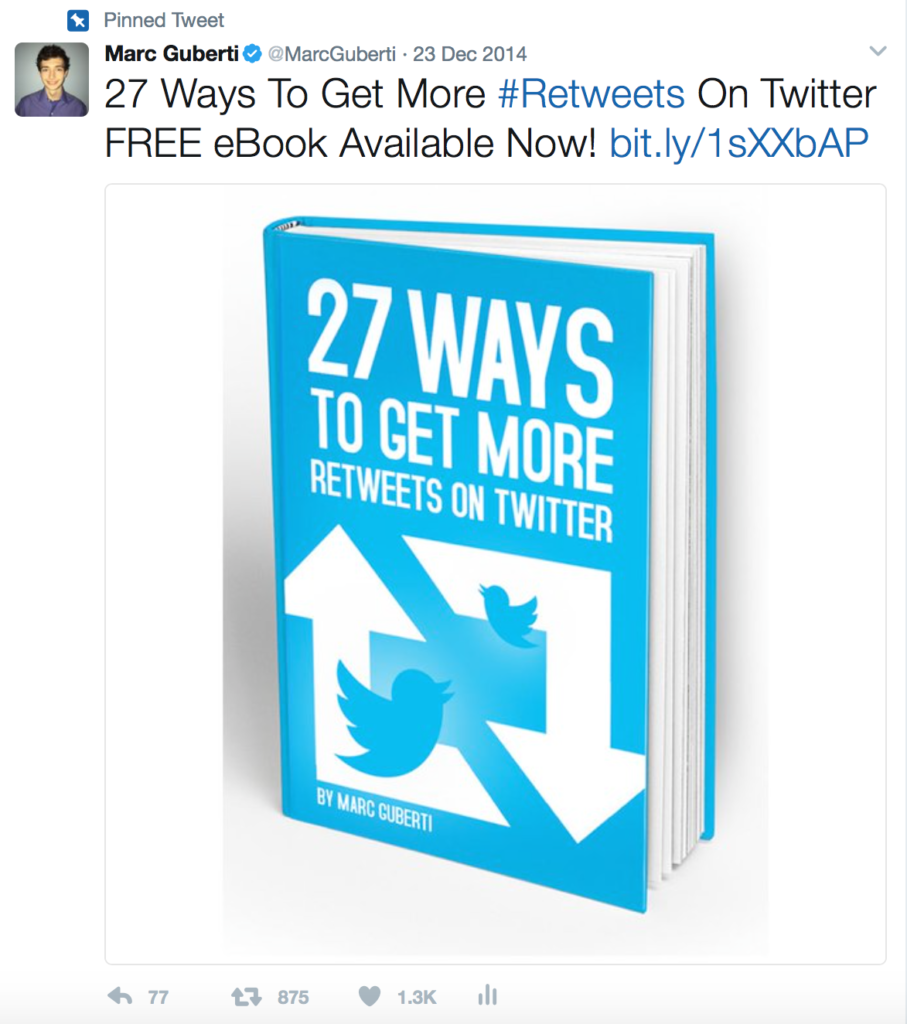The Go-Giver reveals the unconventional secrets to success that are all based on five special laws. Interested in learning more? That’s what this episode is all about!
For Episode 37, Bob Burg was nice enough to stop by and talk about his book The Go-Giver. Bob has sold over 500,000 copies of his book Go-Giver which provides valuable insights on how to become successful by following the unconventional method of giving. He’s spoken in front of audiences ranging from 50 to 16,000 attendees and has shared the stage with today’s thought leaders, Olympic athletes, and a former U.S. President.
We discuss which types of goals you should be setting so you increase your impact which in turn increases your revenue. If you live by a dog eat dog mindset, this episode will give you the mental shift you need to dramatically improve your results. The reality is that mindset will only get you so far. The Go-Giver mindset combined with knowing the five special laws will allow you to go beyond your greatest expectations.
“Selling is discovering what the other person needs, wants, or desires, and helping them to get it.” —Bob Burg
“Don’t make money your target. Your target is serving others. Money is simply the reward for hitting the target.” —Bob Burg
Learn:
—The Go-Giver mindset that is critical to your success
—How to make more money by focusing more on serving your audience
—How to produce more value faster
—How to impact as many lives as possible
Key Links:
thegogiver.com—Bob’s site. Listen to his podcast!
Books:
The Science Of Getting Rich by Wallace D. Wattles
How To Win Friends And Influence People by Dale Carnegie
The Secret Of Selling Anything by Harry Browne
The Untethered Soul by Michael A. Singer
The Go-Giver by Bob Burg & John David Mann








